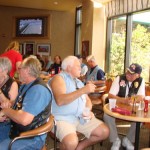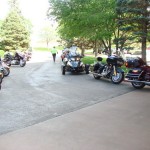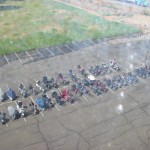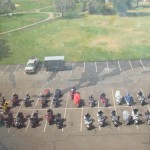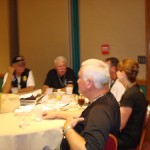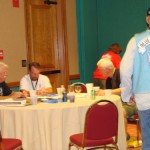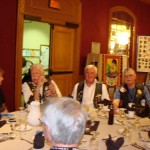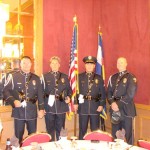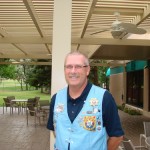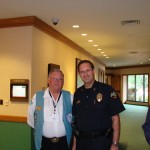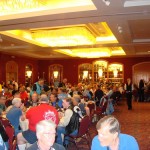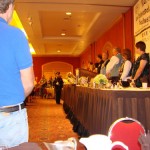What Are the Treatments?
Heat cramps can usually be alleviated by escaping the heat, resting and drinking moderately salty beverages, and eating moderately salty foods. Gentle massage or firm pressure applied to cramping muscles can alleviate spasms. In severe cases, the victim may need intravenous fluids and salts. If your heat cramps do not go away, call your doctor for advice.
For Heat Exhaustion and Heat Stroke:
First, GET HELP. It is critical that emergency medical assistance be called as soon as possible. Then, if possible, get the victim to drink, but don’t force fluids if the person is confused or has passed out.
The primary treatment for heat exhaustion is replacement of lost fluids and salt. Victims should be moved to a cool environment, lie flat or with their feet raised slightly above head level, and sip a cool, slightly salty beverage — such as a salty sports drink, salted tomato juice, cool bouillon, or plain drinking water with salt added (one level teaspoon of salt per quart of water).
Heat stroke usually develops rapidly and can cause permanent brain damage or death if not treated promptly. Anyone with heat stroke needs emergency medical attention.
While help is on the way, move the victim into the shade; wrap the victim in cool, wet bedding or clothing; or remove the victim’s clothes and sponge his or her body with cool water until help arrives.
Ice packs can be placed on the groin, neck or underarms; or the victim can be fanned by hand or with an electric fan or a blow-dryer set on cold (do not use a blow-dryer that blows only hot air).
If possible, use a thermometer to monitor the person’s temperature, and stop cooling treatments if his or her temperature normalizes.
Once at the hospital, a person who has suffered heat stroke may be given intravenous drugs to control seizures or other complications, may receive additional intravenous fluids, and will likely be confined to bed rest and monitored for 24 hours to several days.
